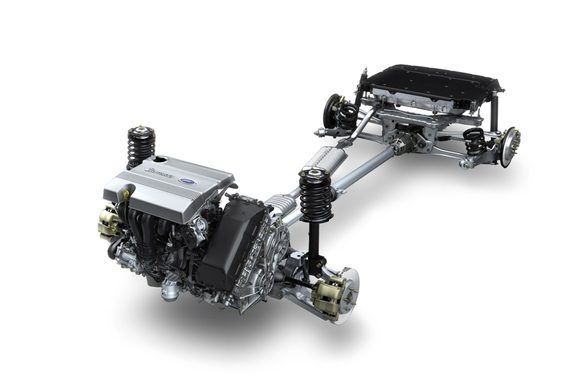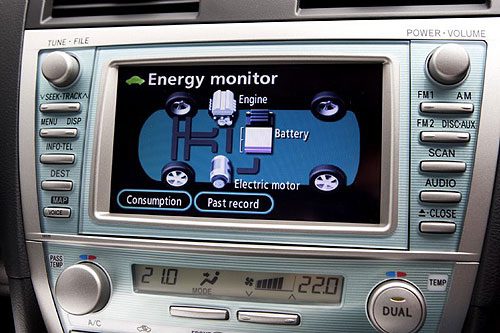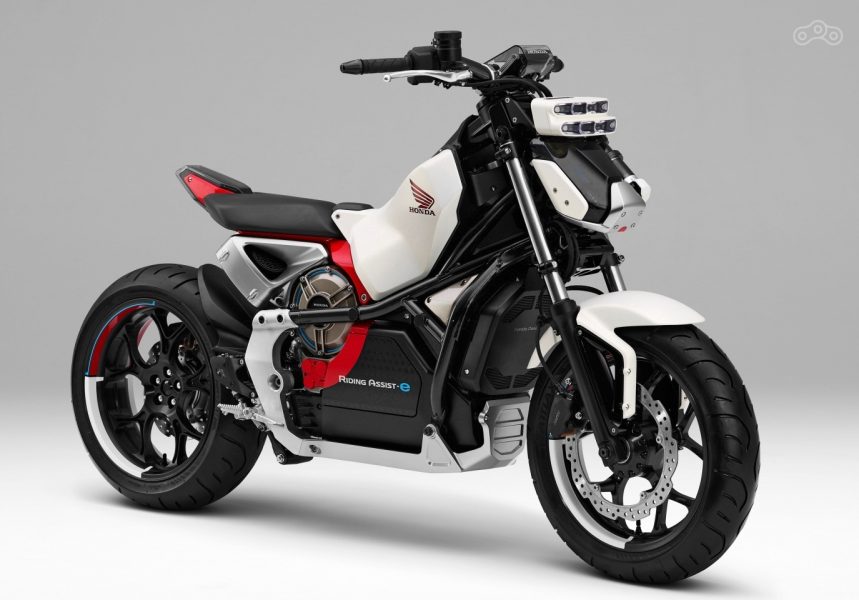
Hybrid drive
 Despite the massive hybrids advertisements, especially recently from Toyota, there is nothing new about the two-source vehicle drive system. The hybrid system has become known slowly since the inception of the car itself.
Despite the massive hybrids advertisements, especially recently from Toyota, there is nothing new about the two-source vehicle drive system. The hybrid system has become known slowly since the inception of the car itself.
The first hybrid car was created by the inventor of the first car with an internal combustion engine. It was soon followed by a production car, in particular, in 1910, Ferdinand Porsche designed a car with an internal combustion engine and electric motors in the front wheel hubs. The car was made and manufactured by the Austrian company Lohner. Due to the insufficient capacity of the then batteries, the machine was not widely used. In 1969, the Daimler Group introduced the world's first hybrid bus. However, under the phrase "hybrid drive" does not necessarily have to be only a combination of an internal combustion engine and an electric motor, but it can be a drive that uses a combination of several energy sources to propel such a vehicle. These can be various combinations, for example, internal combustion engine - electric motor - battery, fuel cell - electric motor - battery, internal combustion engine - flywheel, etc. The most common concept is the combination of internal combustion engine - electric motor - battery.
The main reason for the introduction of hybrid drives in cars is the low efficiency of internal combustion engines from about 30 to 40%. With a hybrid drive, we can improve the overall energy balance of a car by a few%. The classic and most commonly used parallel hybrid system today is relatively simple in its mechanical nature. The internal combustion engine powers the vehicle during normal driving, and the traction motor acts as a generator during braking. In the event of starting off or accelerating, it transfers its power to the movement of the vehicle. The electrical voltage generated during braking or inertial motion is stored in batteries. As you know, internal combustion engines have the highest fuel consumption at start-up. If the battery-driven traction motor contributes to its power in such a situation, the fuel consumption of the internal combustion engine is significantly reduced and less harmful flue gases are emitted into the air from the exhaust gases. Of course, the ubiquitous electronics monitor the operation of the system.
Today's hybrid drive concepts continue to favor the classic combination of combustion engine and wheels. Rather, the role of the electric motor is only to help in transient conditions when it is necessary to turn off the internal combustion engine or limit its power. For example, in a traffic jam, when starting off, braking. The next step is to install the electric motor directly into the wheel. Then, on the one hand, we get rid of gearboxes and transmissions, and also get more space for the crew and luggage, reduce mechanical losses, etc. On the other hand, for example, we will significantly increase the weight of the unsprung parts of the car, which will affect the timing service of chassis components and driving performance. Either way, the hybrid powertrain has a future.

